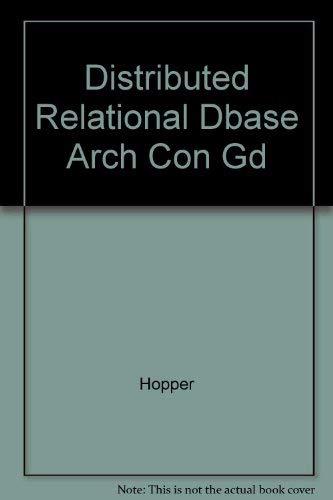Question
4) Write a computer program that prompts the user for one number, n for the number of items in the array to sort, and create
4) Write a computer program that prompts the user for one number, n for the number of items in the array to sort, and create and sort 1000 arrays of this size timing the run to get an average time to sort an array of this size. Then do the following:
-Initiate a variable running_time to 0
-Create a for loop that iterates 1000 times.
-In the body of the loop,
-Create an array of n random integers
-Get the time and set this to start-time. You will have to figure out what the appropriate command is in the programming language you are using to find the time (Important: Do not start the timer until after the array is created).
-Use selection sort to sort the array
-Get the time and set this to end-time Subtract start-time from end-time and add the result to total_time
Once the program has run, note
-The number of items sorted
-The average running time for each array (total_time/1000)
-Repeat the process six times, using 500, 2500 and 5000 as the size of the array for each of the two algorithms.
This is the selection sort program I have for it:
import java.util.Random;
import java.util.Scanner;
class SelectSort {
public static void main(String args[]){
Scanner sc = new Scanner(System.in);
System.out.println("Enter number: ");
int n = sc.nextInt();
int[] arr = new int[n];
Random r = new Random();
//filling random numbers
for(int i=0;i
arr[i] = r.nextInt(100);
}
//printing data
System.out.println("Before selection sort");
for(int i=0;i
System.out.print(arr[i]+" ");
}
System.out.println(" After sorting using selection sort: ");
int temp,j;
for (int i = 1; i < n; i++){
temp = arr[i];
j = i-1;
while (j >= 0 && arr[j] > temp){
arr[j+1] = arr[j];
j = j-1;
}
arr[j+1] = temp;
}
//after selection sort
for(int i=0;i
System.out.print(arr[i]+" ");
}
}
}
Step by Step Solution
There are 3 Steps involved in it
Step: 1

Get Instant Access to Expert-Tailored Solutions
See step-by-step solutions with expert insights and AI powered tools for academic success
Step: 2

Step: 3

Ace Your Homework with AI
Get the answers you need in no time with our AI-driven, step-by-step assistance
Get Started


